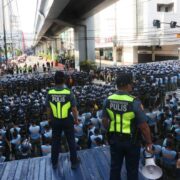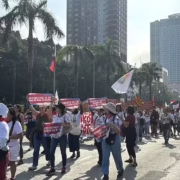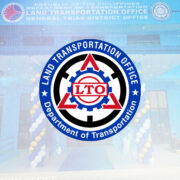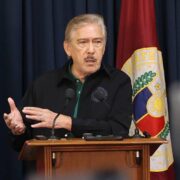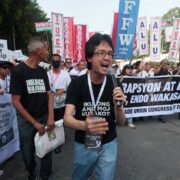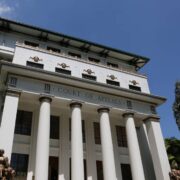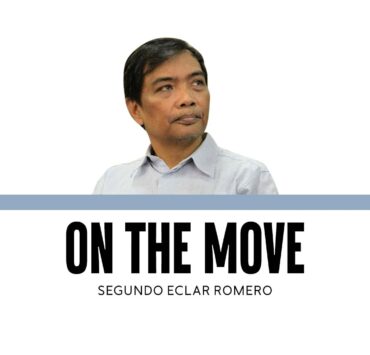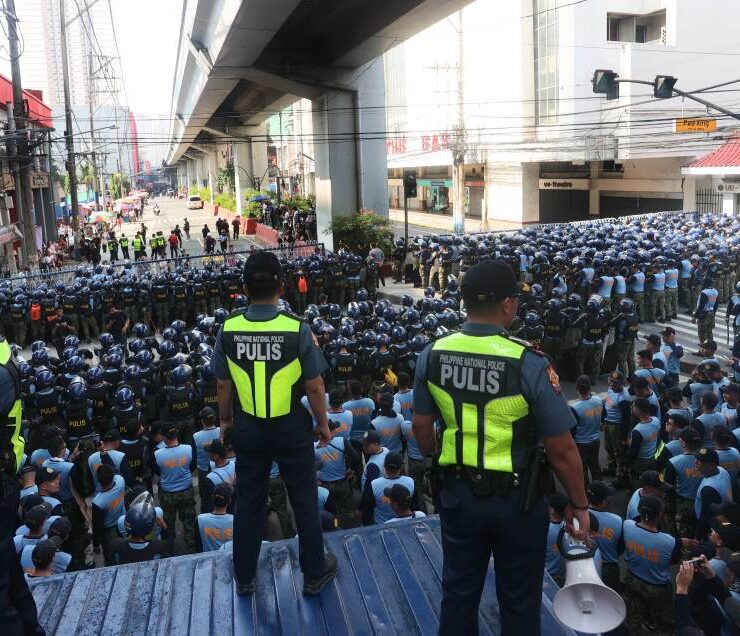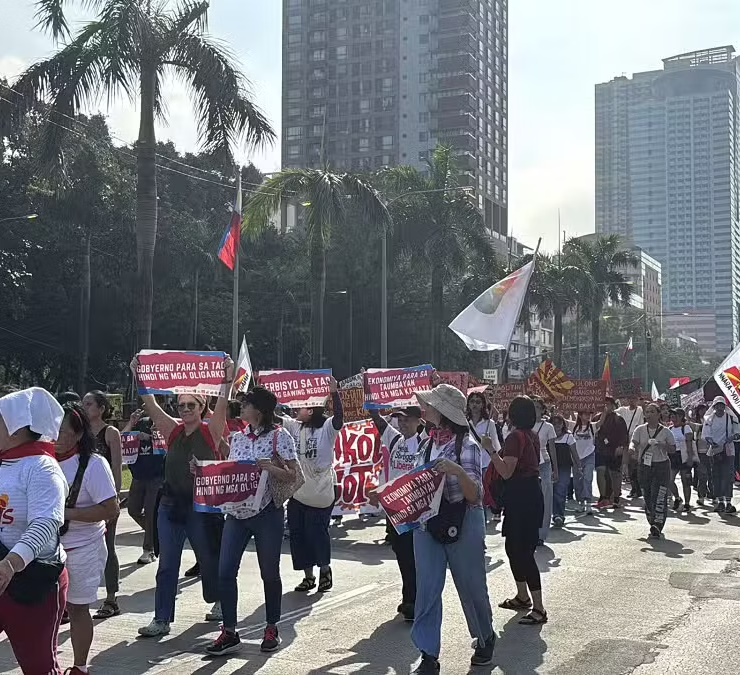Our budget fiasco
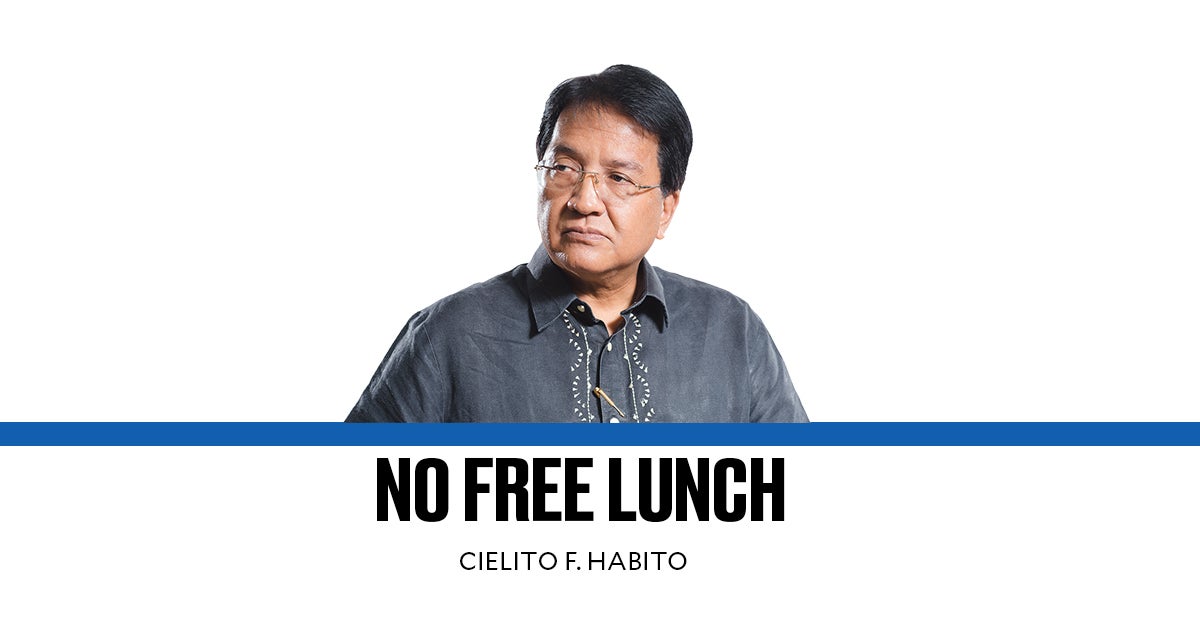
Apart from naked greed and selfish political agendas, a faulty understanding of national budgeting principles may have led our legislators to feel little guilt or shame over their unprecedented self-serving national budget realignments. Massive amounts reallocated in the 2025 budget to spurious flood control projects came prominently from the defunding of nearly P300 billion in official development assistance (ODA) or foreign loan-funded projects and from relegating them to the unprogrammed budget. This part of the budget, which has ballooned after 2022, is, in effect, a “waiting list” of expenditure items that can only push through if unexpected additional funds become available. By implication, these are lower-priority expenditures that the country can afford to set aside in favor of those in the main or programmed budget.
The problem is, ODA projects are nothing like that. They are by nature priority projects, having passed rigid scrutiny by the interagency Investment Coordination Committee and rigorous technical analysis by the Department of Economy, Planning, and Development (formerly National Economic and Development Authority). They form part of the Public Investment Program accompanying the Philippine Development Plan and are essential to the fulfillment of our PDP goals and targets. For our ODA partners, PIP projects are the “shopping list” of priority projects from which they can choose what to fund with their soft loans (loans with lower interest rates and longer grace periods and repayment terms) to be truly responsive to our development goals. These are most certainly not low-priority projects we can set aside in favor of budget insertions by legislators, many of which have turned out to be “ghost” projects that put fabulous sums in the pockets of conniving lawmakers, government officials, and contractors—as is now being exposed in full view.
Why the seeming lack of hesitation to shove aside “counterpart funding” for ODA projects despite these having high priority? Most lawmakers don’t seem to understand what these “counterpart funds” really are, a misunderstanding I’ve found to be common since my days in the government in the 1990s. The term “counterpart” misleads many, including lawmakers, to think of it simply as the government’s equity share in the funding for ODA projects, and that the foreign lender’s “counterpart” will still be there to spend even without the government’s share. But that is not the case.
“Appropriations cover” is the better term rather than “counterpart funds” for the budget allocation needed to release ODA loan proceeds. Every peso of ODA loan proceeds needs to be appropriated in the budget to be spent. In the national fiscal accounts, ODA loan proceeds are treated as “deficit financing,” not additional funds to the government’s budgetary resources from taxes, fees, and other revenues. That is, ODA project loans, which must be paid back, count as part of the total government borrowing to finance the deficit, or the gap between its revenues and expenditures, which now cumulatively totals P17 trillion. (On the other hand, foreign grants that need no repayment are automatically appropriated, hence need no budget line. Here, the term “counterpart” is correctly used as it’s widely understood and is indeed the government’s equity shares to supplement the donor’s grant.)
This is why shifting some P300 billion of ODA “counterpart funds” to the unprogrammed budget is such a serious matter. It means none of the shifted ODA project’s loan funds will get released at all, unless the government manages to raise more revenues than were projected for the year. It’s an outright breach of loan agreements signed with our foreign partners, who have been scratching their heads over our seemingly irrational repudiation of assistance they have so kindly offered us, as this is what defunding the ODA programs amounts to. And because these soft loans are dispensed through financial institutions, customary commitment fees apply, meaning, if we don’t spend the funds, we pay the lender a penalty for keeping the money idle.
But the bigger cost our irresponsible lawmakers have brought upon our country is the chilling signal it has sent to the financial markets and investment community that our government is not to be trusted. The signs are already evident. The peso has been depreciating much faster than it should, even as the United States Federal Reserve’s recent interest rate easing should have moved it in the opposite direction (like our neighbors’ currencies have in fact done). While our peso declines in value, our neighbors’ currencies are moving the other way. The Bangko Sentral ng Pilipinas won’t say it publicly, but they see the problem.
The insatiable greed in high places, now being exposed to all, is pulling the entire economy and country down. This time, we shouldn’t let them get away with it.



